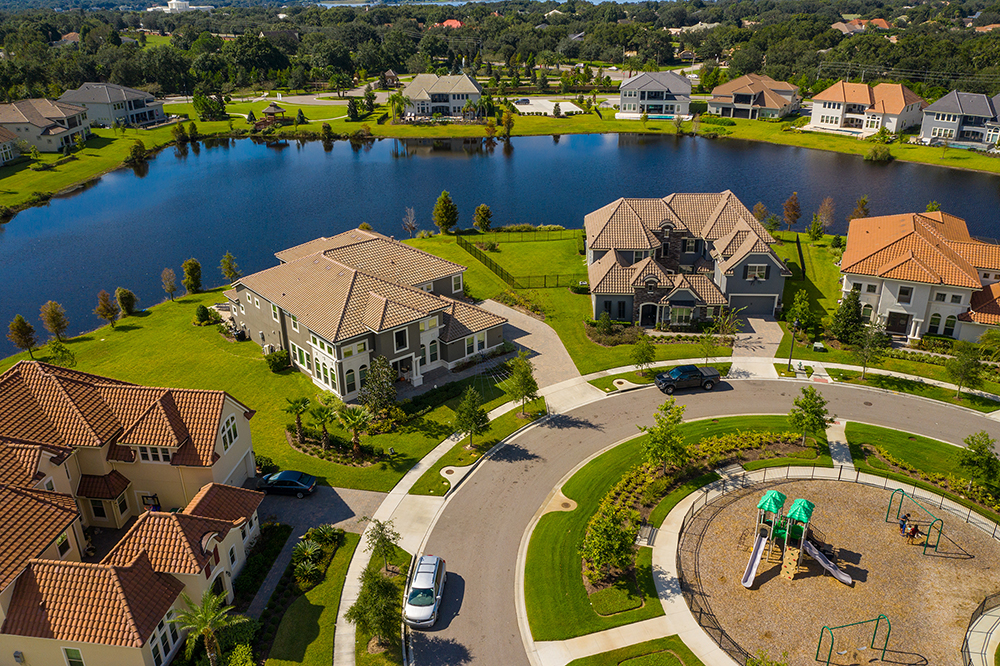Over the years, filmmaking has evolved and embraced various technological advancements to enhance the storytelling experience. One such game-changer in the world of cinema is the advent of aerial drone videography. The use of drones in filmmaking has revolutionized the way stories are captured, allowing filmmakers to achieve breathtaking shots that were once unimaginable. You may find the perfect angle from the sky aerial drone videography services, by navigating this site.
Drones, also known as unmanned aerial vehicles (UAVs), are aircraft that are controlled remotely by a pilot on the ground. Equipped with high-quality cameras and stabilizing technology, drones offer filmmakers a unique perspective that was only possible with expensive helicopter rentals, cranes, or dolly shots in the past.
One of the most significant advantages of using drones for filmmaking is the ability to capture stunning aerial shots. Aerial shots provide a grand and sweeping view of the environment, giving the audience a bird's-eye view of the action. This perspective can add a sense of scale and magnitude to a film, immersing viewers in a way that traditional camera techniques cannot.

Image Source- Google
From majestic landscapes to action-packed sequences, drones have the capability to capture it all. Filmmakers can now film chase scenes, car races, or even battle scenes from above, creating dynamic and visually appealing shots that were previously limited by the constraints of traditional filmmaking equipment.
Not only do drones enable filmmakers to capture breathtaking aerial shots, but they also offer more flexibility in terms of movement. With their small and agile nature, drones can navigate through tight spaces, follow actors through complex sequences, or even delve into places that are difficult for traditional camera setups. This freedom of movement allows filmmakers to experiment with new and innovative ways of telling stories, expanding the creative possibilities of filmmaking.
Another advantage of using drones is the cost-effectiveness they offer in comparison to traditional filmmaking techniques. Previously, capturing aerial shots required expensive equipment and hiring professional helicopter pilots. This made it inaccessible for many filmmakers, especially those with tight budgets. However, with the introduction of drones, filmmakers can now achieve similar results at a fraction of the cost.
Drones are not just limited to large-scale Hollywood productions. Independent filmmakers and aspiring cinematographers can also harness the power of drones to elevate their storytelling. With the affordability and accessibility of drones, filmmakers of all levels can now experiment and push the boundaries of their craft.
However, as with any technological advancement, the use of drones in filmmaking comes with its own set of challenges. Safety and privacy concerns are two significant issues that need to be addressed. Filmmakers and drone operators must adhere to regulatory guidelines and obtain necessary permissions to fly drones in specific areas. Additionally, ensuring the safety of others on set and being mindful of privacy rights is crucial when using drones for filmmaking.
Despite these challenges, the future of filmmaking undoubtedly lies in the hands of aerial drone videography. As technology continues to evolve, drones will become more advanced, affordable, and easier to operate. This will open up new and exciting possibilities for filmmakers to tell stories in unique and visually captivating ways.
In conclusion, aerial drone videography is revolutionizing the game of filmmaking. The ability to capture breathtaking aerial shots, the flexibility in movement, and the cost-effectiveness it offers are just a few reasons why drones have become an indispensable tool for filmmakers. With the proper regulation and safety measures in place, the future holds endless opportunities for filmmakers to explore the creative potential of this groundbreaking technology.
/cdn.vox-cdn.com/uploads/chorus_image/image/51867435/Eli_Preferred_Headshot.0.jpeg)